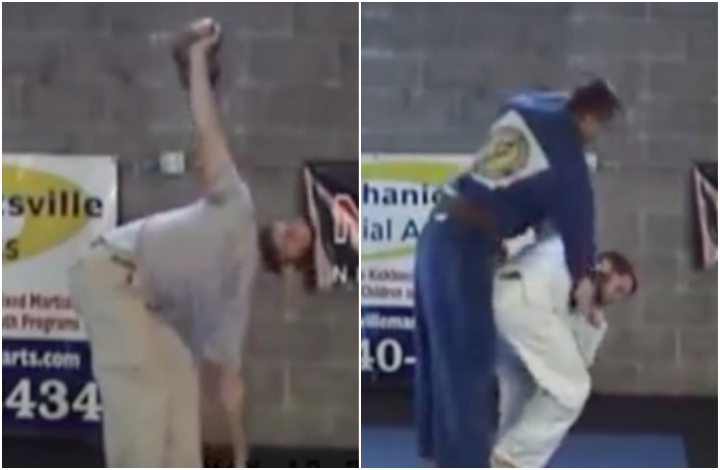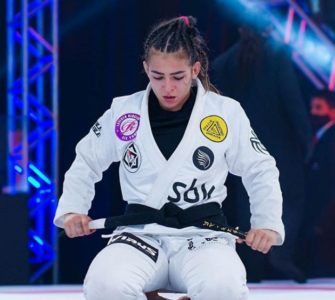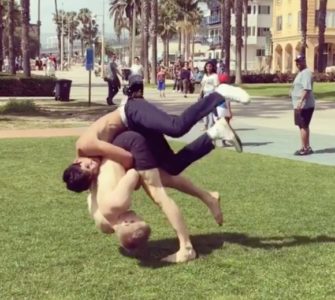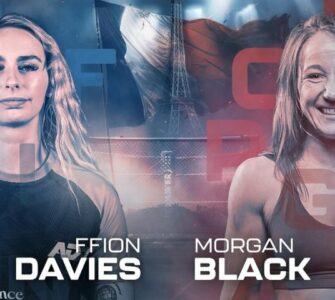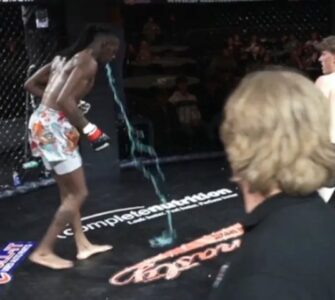How should competitors prioritize their time in order to develop these attributes? What are they, and what order should they be ranked in? Here is a quick guide to the key physical attributes any BJJ student should have down, and how to harness them for a solid game on the mats.
Good endurance is probably the most important attribute a BJJ practitioner needs to develop. It’s a simple concept to grasp: if you’re tired, then you’re not strong, or fast, or even nimble-minded enough to strategize on the mats. Imagine you’ve finished running a three mile race, gasping for air, and then get handed a child’s puzzle to complete. You most likely won’t be able to do anything with it, because you’re too tired. The more exhausted the body is, the slower your cognitive thought processes will be. Timing and strategy are everything. Competitors can’t afford delayed responses or a slow train of thought. In order to build the right kind of endurance, should the focus be on aerobic or anaerobic exercises? Many experts say the focus of your training for competitions should be aerobic endurance, while others swear by anaerobic exercises. There’s no one way to respond to that question. Different things work for different people. Try both types of exercise, either running for an hour, or periodically sprinting, and compare the way you feel when you get on the mats.
Secondly, having good grip strength is imperative for those competing with a gi. If you come back to BJJ after weeks or months of being idle, you will realize your endurance sucks, and your hands are completely exhausted. The stronger the grip, the easier to control your opponent, and the better and faster the submission. There are lots of ways to strengthen your grip game, such as doing pullups, rope climbs, or even just holding a heavy kettlebell. The “guarda aranha”, or spider guard, is a favorite amongst many international BJJ competitors. Good grip strength is crucial for heavy control of your opponent if you want to do the spider guard move efficiently.
Thirdly, it’s important to have good overall whole body strength, and stability. Brazilian Jiu-Jitsu is a whole body sport, which requires both skill and strength. When two equally skilled grapplers meet on the mats, it’s essentially the stronger one who will submit their opponent. Time management is key when combining strength training and BJJ class. I’ve made the mistake of lifting weights as a “warm up” before class. Yes, worst idea ever, I know. I was unable to move during class, and as a result was being continuously submitted as my body felt sore and fragile. Hit the gym on days when you don’t have class, and give yourself enough time to recover from weight training. Again, the emphasis is on the whole body in BJJ and that means that the focus should be on building strength in the whole body, don’t put your focus on just calves or arms for instance. Martin Rooney, a fitness and mixed martial arts specialist, and author of “Training for Warriors,” suggests focusing on multi joint exercises such as deadlifts, plyo push ups, and clean high-pulls. Exercises that work various muscle groups at the same time are also key for overall strength. BJJ requires lots of movement and power in the midsection — your core — and legs as well. Devote some time to work on your lower back, waist, and core. Flutter kicks, V-ups, and planks are all good exercises for targeting those areas.
And finally, don’t ignore your legs! Training the whole body in BJJ does not necessarily mean that you will end up with legs that resemble tree trunks, but it is important to build up the strength in your legs. Whether you’re trying to pull off a half, closed, or de la Riva guard, your legs are going to pull you out of many difficult situations. Make sure you don’t ignore them, or leave them out of your training.

